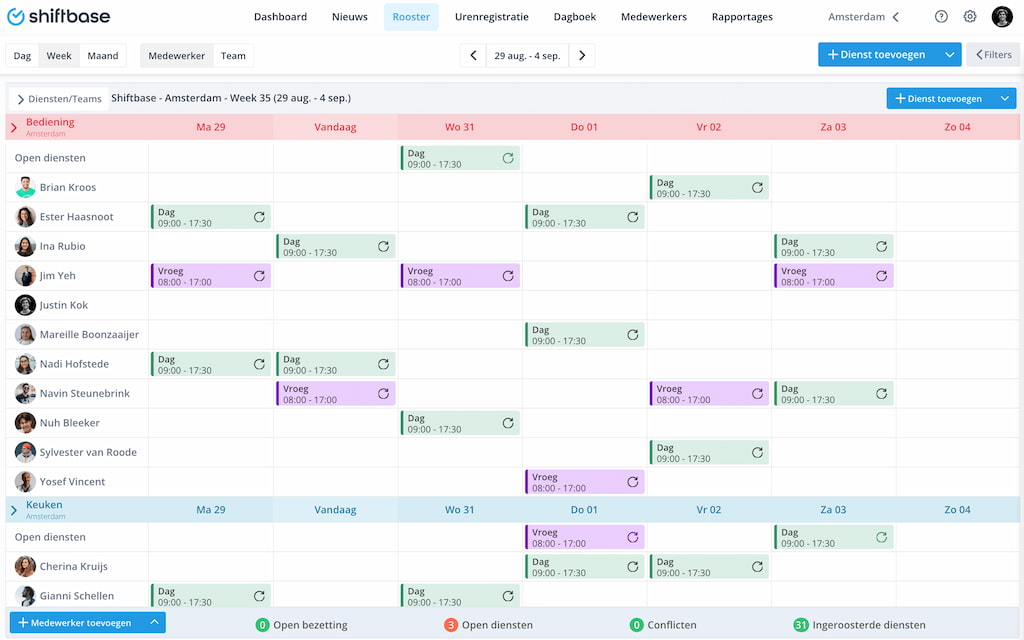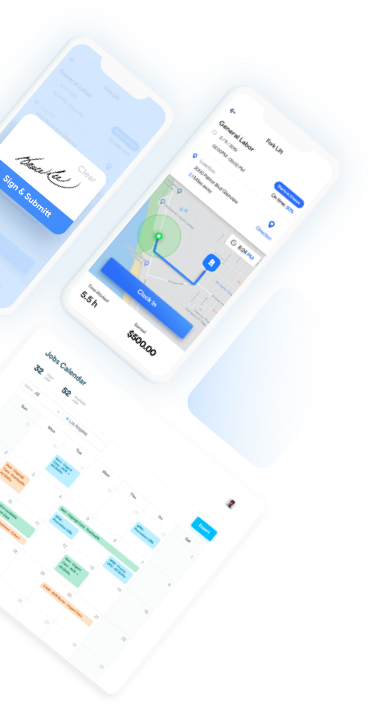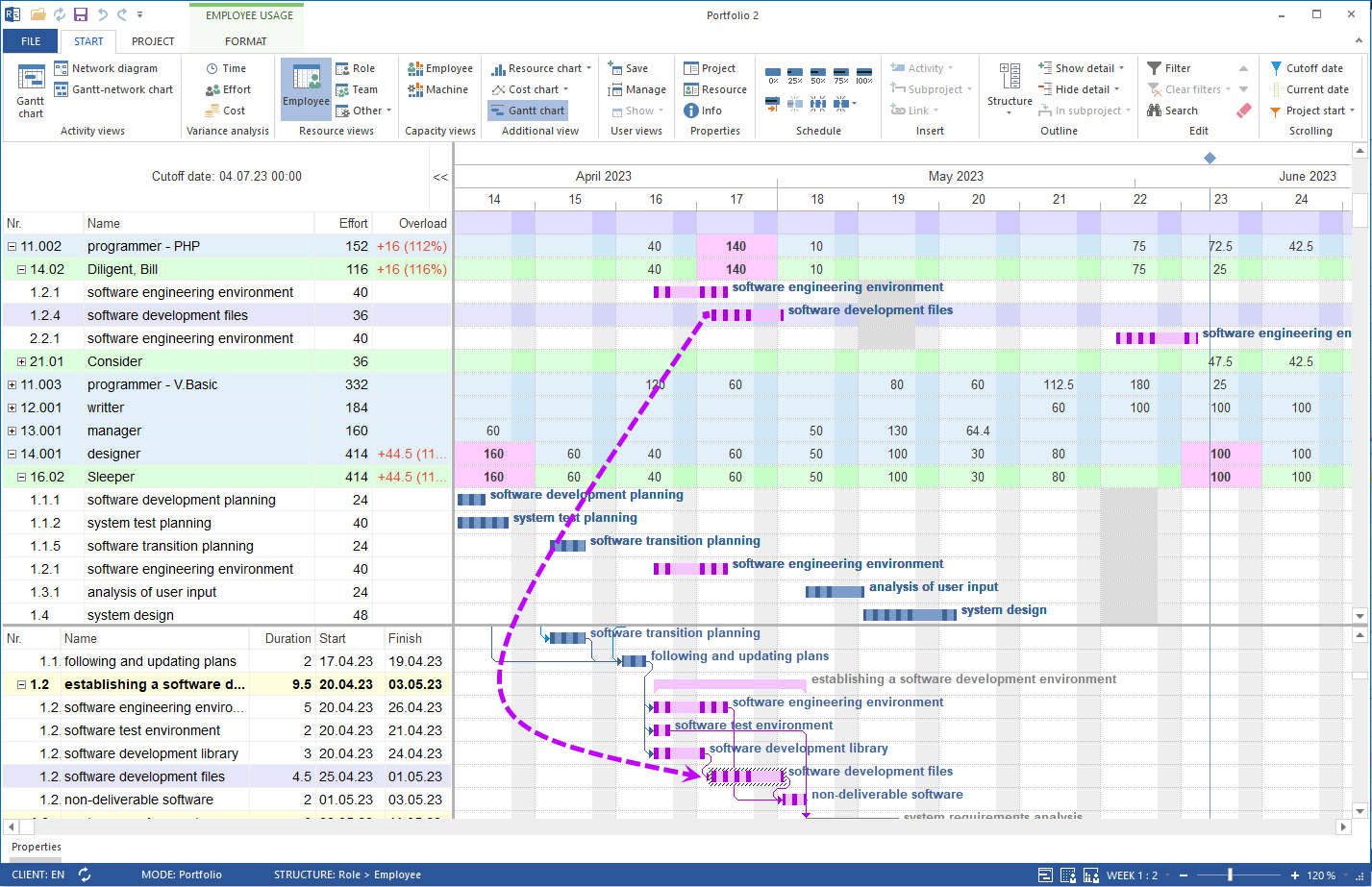Optimize Workforce Efficiency with Cutting-Edge Staffing Management Software
Optimize Workforce Efficiency with Cutting-Edge Staffing Management Software
Blog Article
Letting Loose the Power of Information: Enhancing Human Resources Approaches With Cutting-Edge Staffing Monitoring Software Program
By utilizing the power of information analytics, organizations can not just improve their recruitment approaches however also maximize worker retention and performance. The harmony between data-driven understandings and progressed innovation presents an engaging opportunity for Human resources professionals to change their method in the direction of skill monitoring.
Significance of Data-Driven Human Resources Techniques
Why have data-driven HR methods become necessary in modern service operations? In today's competitive and hectic organization environment, companies are increasingly relying upon data-driven understandings to make informed decisions. Data-driven human resources strategies allow firms to optimize their workforce management, recruitment processes, and staff member engagement efforts. By examining information related to worker efficiency, turn over rates, and skill spaces, human resources divisions can recognize trends, predict future requirements, and create aggressive solutions to deal with difficulties.
Data-driven HR strategies additionally play a critical function in improving worker contentment and retention. Via the evaluation of staff member feedback, performance testimonials, and training end results, human resources experts can tailor individual development strategies, identify high-potential workers, and promote a culture of continual understanding and development within the organization. Data-driven understandings allow HR groups to align their approaches with the general company purposes, making sure that talent monitoring efforts directly contribute to organizational success.
Benefits of Staffing Management Software Program
Using staffing monitoring software application streamlines the employment and onboarding processes for human resources departments, improving efficiency and precision in talent purchase. One significant advantage of this software is the capability to systematize candidate information, making it easily obtainable for recruitment teams. By having all candidate information in one location, human resources experts can successfully track candidate development, connect efficiently with possible hires, and ensure a seamless employment experience.
Moreover, staffing administration software program frequently consists of attributes such as resume parsing and key phrase matching, which help in rapidly recognizing leading candidates that match the job demands. This automation lowers the time invested in hands-on resume screening, allowing HR team to focus on more calculated tasks. staffing management software. Furthermore, these systems can incorporate with work boards and social media platforms, broadening the reach of task posts and bring in a varied swimming pool of prospects
Furthermore, analytics and reporting tools within staffing management software application supply beneficial understandings right into employment metrics, such as time-to-fill and cost-per-hire. This data-driven strategy makes it possible for human resources groups to make enlightened choices, maximize employment approaches, and boost total working with procedures. By leveraging these benefits, companies can simplify their ability purchase initiatives, improve candidate experience, and ultimately build a strong labor force.
Enhancing Employment Procedures With Data
By leveraging information, companies can make even more informed choices throughout the recruitment lifecycle, inevitably leading to much better hires and boosted retention prices. One key method information enhances employment procedures is by enhancing task postings based on understandings from previous effective hires.
Moreover, data analytics can enhance the screening and option procedure by recognizing patterns in prospect qualifications and performance indicators. Generally, incorporating information right into employment procedures encourages companies to make smarter working with choices and build high-performing groups.
Improving Employee Retention With Modern Technology

One means technology can improve worker retention is with using staff member involvement platforms. These platforms permit for real-time responses, acknowledgment, and communication in between workers and administration, fostering a culture of recognition and support. In addition, modern technology can enable tailored discovering and advancement programs tailored websites to specific staff member requirements and job ambitions, boosting job complete satisfaction and commitment.
Additionally, data analytics devices can aid companies recognize patterns and patterns connected to employee turnover, allowing them to take proactive measures to address potential problems prior to they intensify. Overall, by leveraging innovation successfully, organizations can develop a much more supportive and interesting work setting that encourages staff members to grow and remain within the business.
Making Best Use Of Workforce Performance With Data

With the analysis of information, human resources divisions can identify patterns and trends that impact efficiency degrees. For instance, by tracking staff member work hours and project completion rates, organizations can enhance work routines to make sure that jobs are successfully dispersed amongst employee. In addition, click for source information can disclose ability voids within the labor force, enabling human resources to carry out targeted training programs that improve worker abilities and general productivity.
Additionally, data-driven performance evaluations enable supervisors to give details responses and support to workers, fostering a society of continual renovation. Generally, leveraging data to take full advantage of workforce productivity is a strategic strategy that equips organizations to achieve their objectives successfully and effectively.
Conclusion
To conclude, using innovative staffing administration software can dramatically improve HR approaches by leveraging the power of data. By incorporating data-driven employment processes, boosting worker retention with modern technology, and optimizing workforce performance, organizations can streamline their procedures, make more educated choices, and eventually achieve higher success in managing their human funding. Embracing these technological advancements is vital in the ever-evolving landscape of personnel monitoring.
Data-driven HR approaches enable business to maximize their workforce administration, employment procedures, and staff member engagement efforts. By assessing information related to worker efficiency, turn over prices, and ability gaps, HR departments can determine patterns, forecast future demands, and develop proactive services to attend to obstacles.

Report this page